How To Get Out of Debt With the Debt Snowball
If you’ve been looking into how to improve your finances, you’ve probably heard of the “debt snowball” method for paying off debt. This method has been around for decades, but has been popularized by Dave Ramsey, over the last 25 years. If you’re not a listener to Dave’s show, though, you may not understand how the debt snowball works. When you’re trying to get out of debt, the snowball method is one of the simplest ways to begin paying off debt and is the most rewarding. Let’s take a look at how to get out of debt with the debt snowball.
*This post may contain affiliate links. For more information, see my disclosure page.
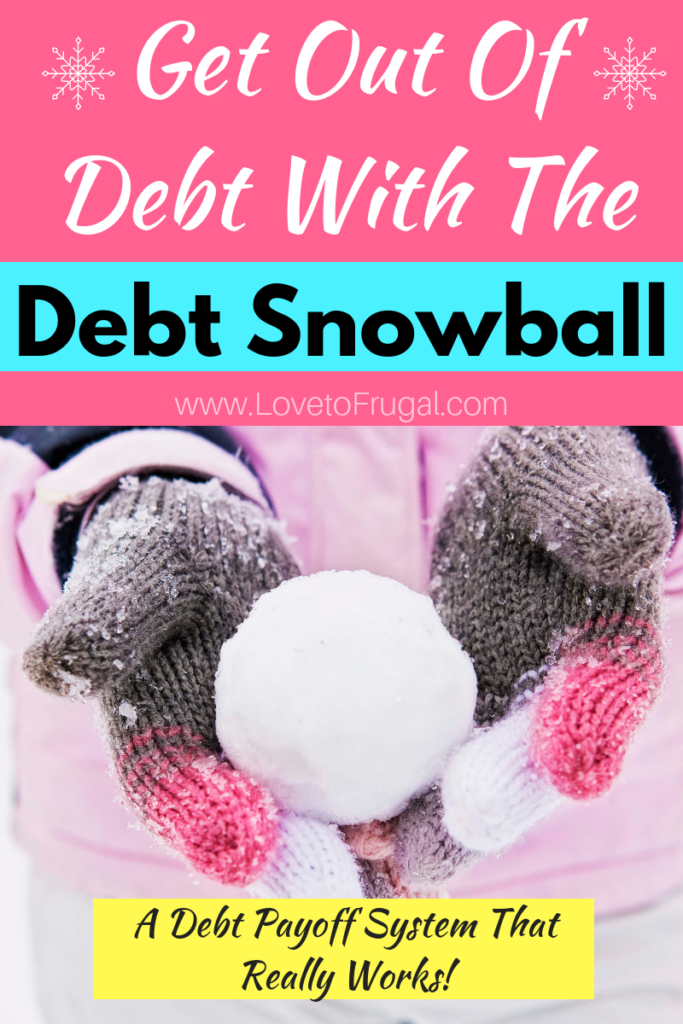
How To Get Out of Debt With the Debt Snowball
The first time I heard of the Debt Snowball system (also know as the “rollover” method) was around 2001-02, when I started watching Dave Ramsey on Fox Business. The concept wasn’t new to me, but the terminology was.
In addition to his radio show, he had a tv show on FBN. He would go through his 7 baby steps, like he does today and take calls from his listeners, much like he does today. I was so motivated by his concepts and his callers, that I began listening to the radio show when his tv show went off the air. I’ve have been hooked on following the baby steps ever since.
The premise is very simple. In the 7 baby steps, step number one is to get $1,000 in your emergency fund ASAP. I wholeheartedly agree with this, but as you’ll find out, if you read many of the post on my blog, I agree with just about everything Dave says. Why??? Because what he says works! We’re living proof of that and I can’t say enough good things about him and his philosophies. But…I digress.
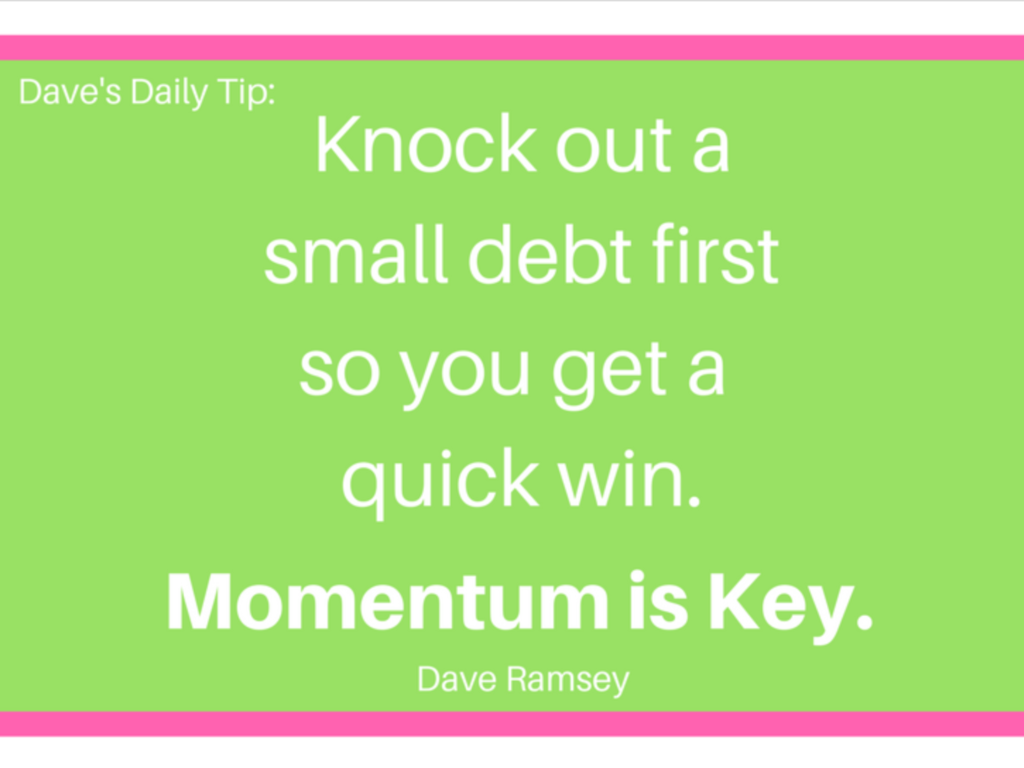
Back to the snowball…
Basically, baby step 2…the Debt Snowball, is where you list your debts, (Mortgage NOT included) smallest amount to largest, no matter what the interest rate is. You pay minimum on the debts, except the first one. Throw whatever you can at it and pay it off as soon as possible. Then, when it’s gone, you take what you were paying on the first one and roll it into the second one, all while still paying minimum on the following ones. This way, when you see one gone, you’ll be motivated to keep going.
If you’re one of those people that only looks at the numbers, you may prefer the debt avalanche method. That method would have you start with the debt that has the highest interest rate, no matter what the balance is. After you’ve done the math, you may find that you can save a lot of money this way. It does not deal with your emotional psyche, though. It’s strictly math. It will probably take you longer this way and you won’t get the elation of having the (quick) wins.
Personally, I’m a math nerd and I understand this philosophy of getting the higher interest rates out of your life first. But, in reality, most people won’t stick to something if they believe it’s going to take years to complete and the progress is too slow. Another thing is, if we were doing math to start with, we probably wouldn’t be in this predicament, now…would we?
Basic steps of the Debt Snowball
Step #1 – List your debts smallest to largest. As I stated above, do not include your mortgage. These are credit cards, student loans, car loans and any other loan type payments.
Step #2 – Make minimum payments on all your debts EXCEPT for the smallest one. You’re going to want to throw everything extra, that you can get your hands on, at this one debt until it’s paid off.
Step #3 – When debt #1 is gone, take the payment from that one and add it to the minimum payment you were making on debt #2.
Step #4 – Repeat this process until all debt has been completely paid off.
Here’s An Example of the Process:
Let’s say you have four debts:
- $800 credit card ($75 minimum payment)
- $1,500 medical bill ($100 minimum payment)
- $5,000 car loan ($125 payment)
- $8,000 student loan ($75 payment)
The debt snowball method will have you make minimum payments on all the debts except for the credit card. After you’ve done your budget for the month, say you have an extra $200 left over from cutting other unnecessary expenses. You take that $200 plus the $75 and throw $275 at the credit card. It will take about 3 months to be done with that credit card.
You would then take the $275 you were paying to the credit card and add it to the $100 you already pay for the medical bill, making your new payment $375. If you’ve been paying $100 for the last three months, you’ll have a new balance of $1,200 for the medical bill. If you start sending in $375, you’ll have the medical bill gone in a little over 3 months.
Now, take that $375 and add it to the car loan payment of $125, making the new payment $500. You should have the car loan paid in about 10 months.
By the time you get to the student loan, you’ll be able to throw $575 a month at it! You’re basically looking at paying the student loan off in about a year from the time you start chunking the $575 at it.
So, all total, you would be looking at being completely debt free in about 2 1/2 years. If you can find extra money, like an income tax refund, get a raise or maybe sell some stuff, it could be even sooner.
Here is a Debt Snowball Calculator that can help you get started.
Why the Debt Snowball Method Works
The reason I love this method and why I think it works is because it will keep you very motivated, especially if you have a lot of debt. We love to see our efforts and hard work pay off and this system does just that. It has everything to do with behavior modification and very little to do with the math.
If you start with the largest debt, it could take years to see any progress. What usually happens is that people will get burned out and emotionally deflated. When this happens, it’s usually followed by a sense of despair. Once you feel desperate and hopeless, you give up.
When you tackle that first debt and get it out of your life, you feel energized and ready to take the next one on. If and when you see the plan working, it makes you want to keep moving forward. When we keep moving forward, then we can’t help but succeed! Get intense!
Lastly…
One very important thing to remember is you MUST make a commitment to yourself and your significant other, that you can not and will not add any new debt. It’s imperative that you and your spouse are on the same page, especially when it comes to finances. You can’t get out of a hole if you keep digging yourself deeper. Cut up the credit cards and stop taking on loans/debt. It’s the only true way to financial freedom. You’ve got to break the chains because as the Bible says, “The borrower is slave to the lender”.
Paying down debt isn’t easy, but living paycheck to paycheck and retiring broke will be even harder. Face it now and get your life back!
Now that I’ve explained how to get out of debt with the debt snowball, give it a try and see if this method can work for you too!
Are you working on a plan to become debt free or have you already accomplished it? Let me know in the comments. I’d love to hear how you did it and what method you have used or are currently using.
Be sure to subscribe to Love To Frugal for more money saving tips and great frugal recipes! You can also follow me on Pinterest, Instagram & Facebook for even more frugal living & money saving tips!
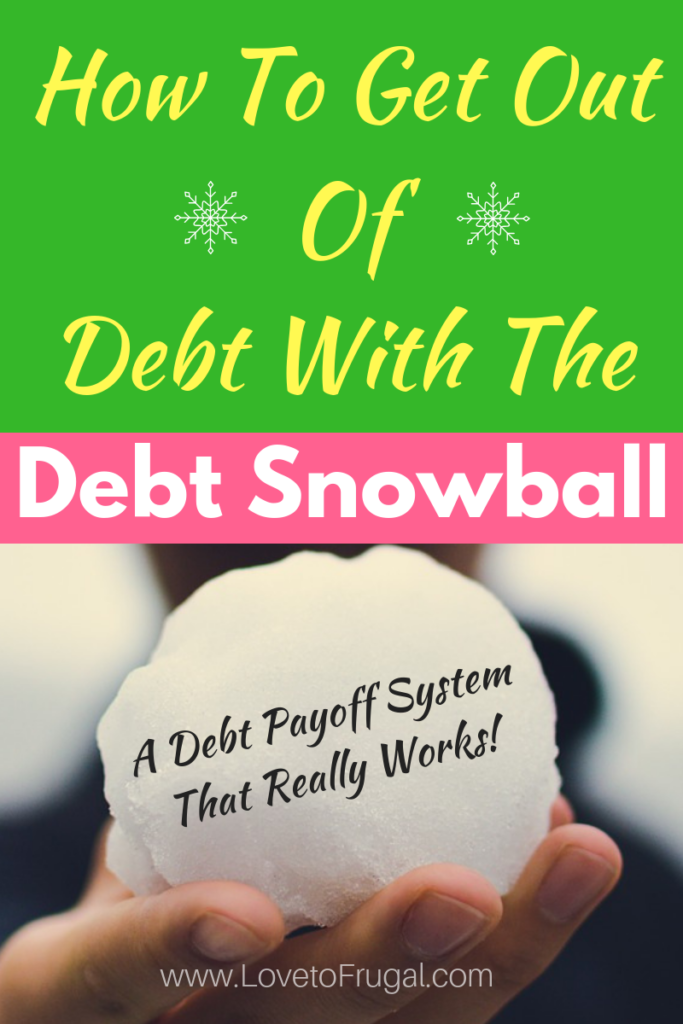
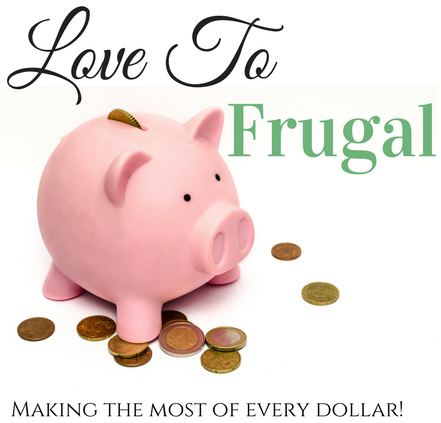

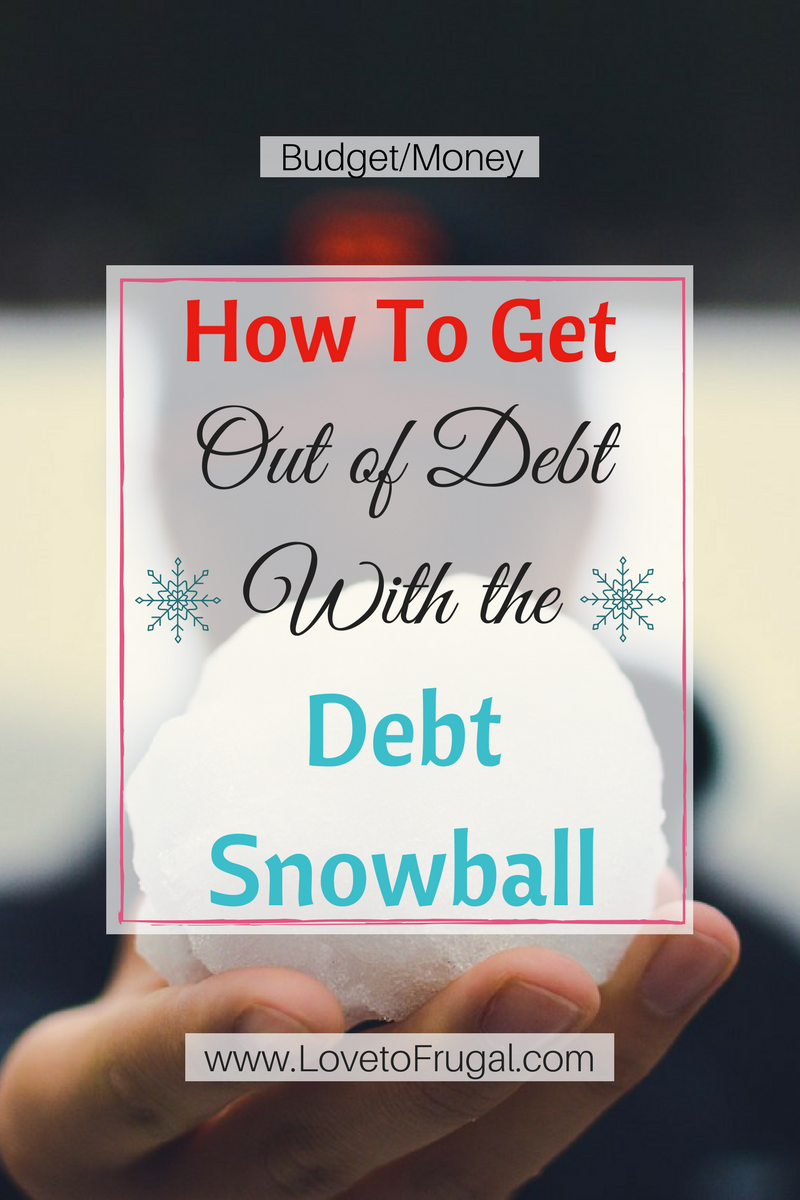
One Comment